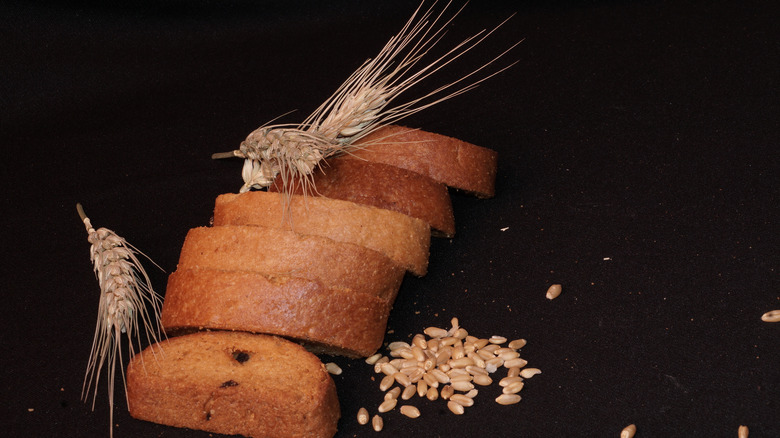Why Some Foods Undergo The Maillard Reaction Before Cooking
With the possible exceptions of cookie dough and cake batter, it is generally agreed that cooked food tastes better than uncooked food. This is due to the Maillard reaction, which is also widely known as the browning reaction. Interestingly, some people believe the Maillard reaction should be renamed.
Regardless of the name you call it, Modernist Cuisine describes the reaction as a phenomenon in which high temperatures rearrange the amino acids and sugars in food. In some types of food, like meat and bread, this causes browning. The main result of the Maillard reaction is that new flavors and smells emerge from the rearranged molecules. This is why cooked food smells and tastes better.
MasterClass goes into more specific detail. The reaction occurs when cooking temperatures reach the range of 280 to 330 degrees Fahrenheit, which converts to 140 to 165 degrees Celsius. Once that range is exceeded, the food begins to burn instead, which is not as pleasing. Examples of foods that go through the Maillard reaction include toast, roasted coffee, and crispy French fries. However, not all meals that undergo the Maillard reaction necessarily have to be cooked the way we think of cooking. Some foods might have already reacted by the time we purchase them from the store.
Sterilized foods have undergone the Maillard reaction
It is important to reiterate the point made by Modernist Cuisine: even though the Maillard reaction is known as the browning effect, browning doesn't occur in all foods in which this takes place. The core aspect of the reaction is a change in the flavor and smell of the food. In other words, cooking as we imagine it does not need to have occurred.
This is made clear by a scientific study into food processing and the Maillard reaction that the National Library of Medicine published in 2015. Researchers wanted to know whether the Maillard reaction that is induced in pre-processed foods results in beneficial or toxic Maillard-reaction products. The study went over products people might expect, like beef and coffee, and others that are less obvious, such as milk and pasta.
The reason milk and pasta were included in the survey is that both are subjected to heat treatment during their production processes. Milk in the United States is routinely sterilized with temperatures in the range to induce the Maillard reaction. Similarly, pasta experiences high temperatures when companies use condensed drying times. As a result, many recipes for cookie dough and cake batter make use of an ingredient that has already undergone the Maillard reaction.

